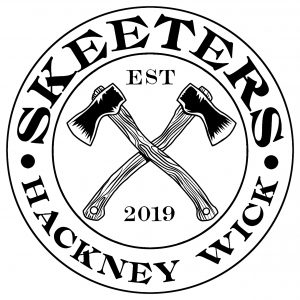Purpose
Hatches are typically splitting axes, designed to split logs, make kindling, and do generally small scale work. Tomahawks on the other hand, are all purpose axes, designed to fulfil a myriad of purposes. This means that while a tomahawk can fulfil the purpose as a hatchet, it is differently specialised. On the other hand, a hatchet is not designed to be as applicable to other jobs as the tomahawk.
Shape and Weigh
Hatches are designed to split wood and as such feature a wider head, and typically a heavier and longer blade. These attributes contribute to a wider bevel on hatchets, as well as an overall heavier build. The more adaptable nature of tomahawks tends to render them thinner and lighter. Tomahawks aim to be more wieldy able to perform dexterous tasks, as while a lighter blade might be able to do the work of a heavier one, the same can not be said in reverse.
Hafting
Hatches are hafted through the insertion of a precisely split handle into an asymmetrical eye. A wedge is then driven into this split, expanding the handle inside the eye. The wedge is widest at the top of the axe, and the handle below is too wide for the head to pass and thus is fixed. A tomahawk on the other hand is friction fitted. This means that the handle tapers with the thinner end passing through the eye and continuing till the taper reaches a wide enough point to fill the circular eye. A mallet blow is used to secure the handle on tomahawk ensuring a tight fit. The main difference between these systems practically, is that the Tomahawk can have its handle changed in a much easier fashion than a hatchet. Though additionally, the tomahawk head is at risk of coming loose as it is only secured in one direction.



No responses yet